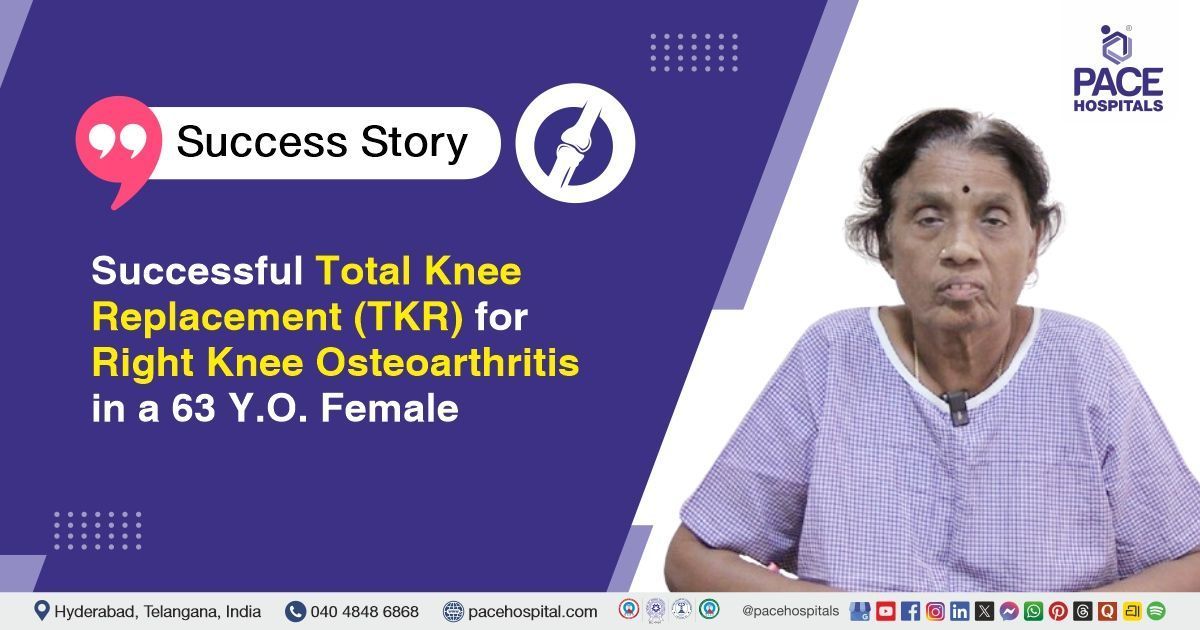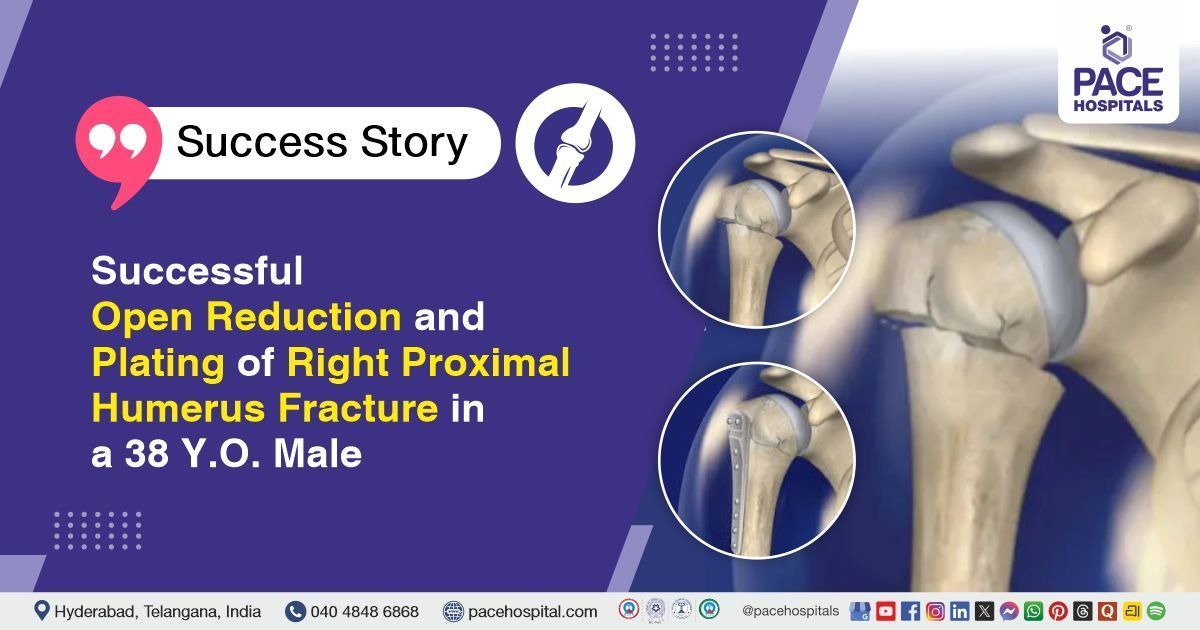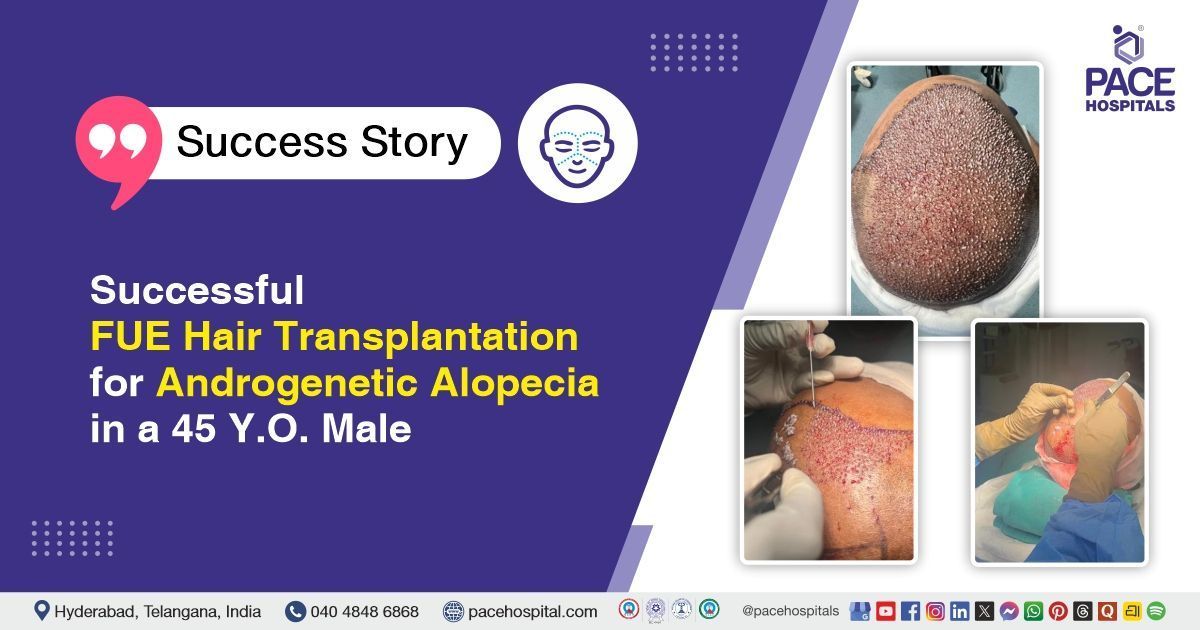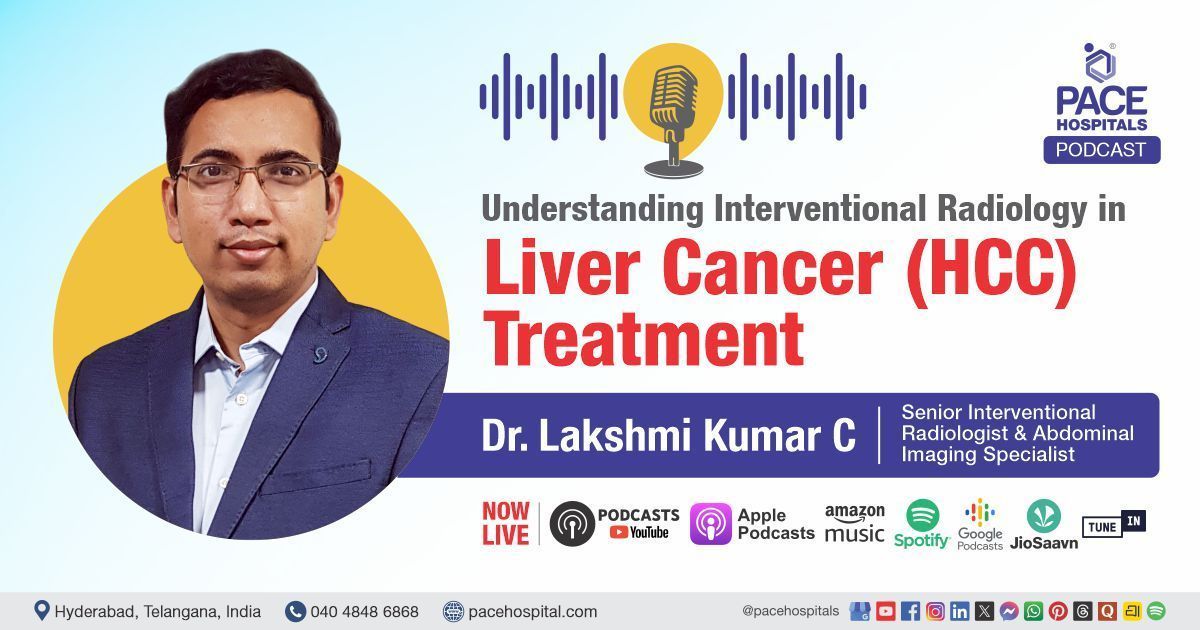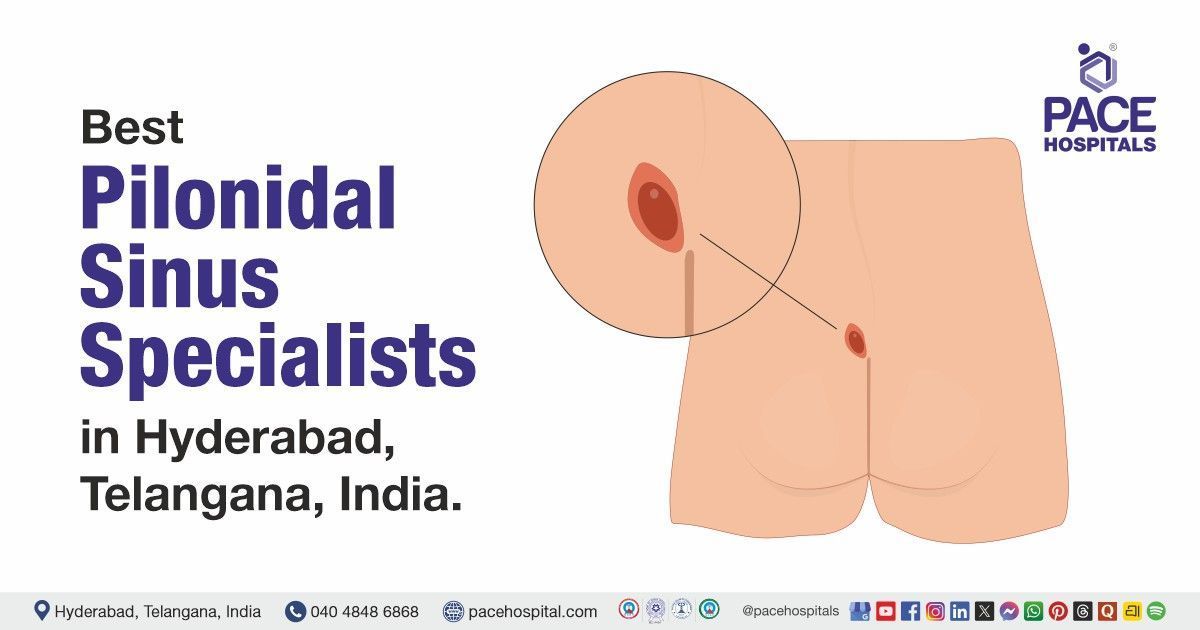Successful Toe Amputation and Wound Debridement in a 78 Y.O. Male with Filariasis
PACE Hospitals
PACE Hospitals' expert Plastic and Reconstructive Surgery team successfully performed an Amputation of the Left 4th Toe along with Debridement in a 78-year-old male patient diagnosed with left lower limb filariasis, complicated by gangrene of the 4th toe and eschar on the 3rd toe. The procedure aimed to remove necrotic tissue, prevent further spread of infection, and promote effective wound healing.
Chief Complaints
A 78-year-old male patient with a body mass index (BMI) of 21 presented to the Plastic and Reconstructive Surgery Department at PACE Hospitals, Hitech City, Hyderabad, with complaints of an ulcer over the left foot for 10 days and Discolouration of the left 3rd toe associated with pus discharge for 3 days.
Past Medical History
The patient had a known history of left lower limb filariasis and was also a known case of acid peptic disease, currently on treatment. There was no history of hypertension or diabetes. He had undergone hydrocele surgery 30 years ago and had a history of smoking and alcohol consumption.
On Examination
On examination, the patient was conscious, coherent, and cooperative. There was no pallor, icterus, cyanosis, clubbing, or pedal edema. Lymphedema was noted in the left lower limb. Vital signs were stable with a normal pulse, blood pressure, temperature, and oxygen saturation on room air.
Diagnosis
Following the clinical examination, the Plastic and Reconstructive Surgery team conducted a thorough assessment, including a detailed review of the patient’s medical and surgical history with presenting complaints of ulceration and discoloration of the left foot and toes. A focused evaluation of the gangrenous 4th toe and eschar on the 3rd toe was performed. X-ray of the foot was conducted to rule out any underlying bony abnormalities or osteomyelitis. Additionally, relevant laboratory investigations were done to assess infection status and overall systemic health.
To confirm the diagnosis and determine the extent of tissue involvement, the left lower limb was carefully examined. The assessment revealed gangrene of the left 4th toe with associated ulceration and eschar on the 3rd toe, secondary to chronic filariasis and possible vascular compromise. There were signs of local infection, but no systemic complications were noted at the time of discharge.
Based on the confirmed diagnosis, he was advised to undergo
Left Lower limb Filariasis with 4th toe Gangrene and 3rd toe eschar Treatment in Hyderabad, India, under the care of the Plastic and Reconstructive Surgery team to prevent further spread of infection.
Medical Decision Making
After a detailed consultation with Dr. Kantamneni Lakshmi, Senior Consultant Plastic, Reconstructive & Aesthetic Surgeon, and cross consultation with Dr. Pradeep Kiran Panchadi and Dr. Suresh Kumar S, a thorough clinical evaluation was performed focusing on the patient’s presentation of left lower limb filariasis complicated by fourth toe gangrene and third toe eschar. Diagnostic imaging and laboratory investigations were reviewed comprehensively to assess the extent of infection, tissue viability, and systemic involvement.
It was determined that the patient had a gangrenous fourth toe secondary to filariasis, which resulted in tissue necrosis and risk of infection spread. Ray amputation of the fourth toe and debridement of the third toe eschar were identified as the most effective interventions to remove necrotic tissue, control infection, and preserve limb function. The patient’s comorbidities, including acid peptic disease and a history of hydrocele surgery, were considered in perioperative planning to minimise surgical risks and optimise recovery.
The patient and his family members were thoroughly counselled about the severity of the infection, the need for toe amputation and debridement, potential intraoperative and postoperative risks, and the anticipated benefits, including infection control, limb preservation, and symptom relief.
Surgical Procedure
Following the decision, the patient was scheduled to undergo Amputation of the left 4th toe and Debridement in Hyderabad at PACE Hospitals under the supervision of the expert Plastic and Reconstructive Surgery Department.
The following steps were carried out during the procedure:
- Anesthesia and Surgical Preparation: The patient was administered spinal anesthesia to ensure adequate pain control and muscle relaxation during the procedure. Under strict aseptic precautions, the left lower limb was thoroughly cleaned and draped to maintain a sterile environment throughout the surgery.
- Ray Amputation of the Left Fourth Toe: The gangrenous fourth toe was carefully isolated. A ray amputation was performed, which involves removing the entire toe along with the corresponding metatarsal bone to ensure complete excision of the necrotic tissue. This technique helps in preventing the spread of infection and promotes better healing of the foot.
- Debridement of the Third Toe and Foot: The third toe exhibited an eschar (dead tissue) which was carefully debrided. Debridement involved the meticulous removal of all necrotic and infected tissue from the toe and adjacent foot area to reduce bacterial load and create a healthy wound bed for healing.
- Wound Irrigation and Hemostasis: After amputation and debridement, the surgical site was thoroughly irrigated with sterile saline to wash out any residual debris and bacteria. Hemostasis was meticulously secured using electrocautery and ligation to control bleeding, ensuring a clean and bloodless surgical field.
- Aseptic Dressing and Postoperative Management: Once hemostasis was achieved, the wound was dressed aseptically with sterile dressings. The patient was monitored postoperatively for signs of infection or complications. Instructions for limb elevation, daily dressing changes, and wound care were provided to facilitate optimal recovery.
Postoperative Care
The postoperative period was stable and uneventful. Pulmonology consultation for dyspnea revealed a calcified granuloma, for which nebulization therapy was given. Gastroenterology evaluation included endoscopy, colonoscopy, and biopsy, with surgical management advised for hemorrhoids.
The postoperative period remained stable and uneventful, with administration of broad-spectrum antibiotics, analgesics, antipyretics, proton pump inhibitors, anticoagulants, nebulization therapy, laxatives, and nutritional support. The patient was discharged in a stable condition with instructions for follow-up.
Discharge Medications
At the time of discharge, the patient was prescribed a course of medications including antibiotics for infection control, proton pump inhibitors for gastrointestinal protection, analgesics for pain management, antiparasitic agents, respiratory nebulization to support airway function, and laxatives to aid bowel movements.
Advice on Discharge
The patient was advised to continue regular wound care with daily sterile dressings and to maintain proper limb elevation to reduce swelling and promote healing. A high-protein diet was recommended to support tissue repair and overall recovery.
Emergency Care
The patient was informed to contact the emergency ward at PACE Hospitals in the event of any emergency or the development of symptoms such as fever, abdominal pain, vomiting, swelling, pain at the surgical site, or signs of allergic reaction.
Review and Follow-up Notes
The patient was advised to return for a follow-up consultation with the Consultant Plastic, Reconstructive & Aesthetic Surgeon in Hyderabad at PACE Hospitals 2 days after discharge for wound evaluation and dressing change, with a prior appointment.
Conclusion
This case highlights the successful surgical management of left lower limb filariasis complicated by fourth toe gangrene and third toe eschar. Prompt intervention with toe amputation and debridement resulted in a stable postoperative course. Multidisciplinary care addressed associated respiratory and gastrointestinal concerns. The patient was discharged in a stable condition with appropriate follow-up and recovery guidance.
Multidisciplinary Approach in Managing Complex Filariasis-Related Gangrene
The significance of early diagnosis and timely surgical intervention in preventing the progression of gangrene in a patient with chronic filariasis is evident. The surgical team, including a Plastic surgeon / Plastic surgery doctor, successfully performed a toe amputation and debridement to control infection and preserve limb function. Collaboration with pulmonology and gastroenterology specialists provided comprehensive management of underlying respiratory and gastrointestinal conditions.
Postoperative care involving wound management, respiratory therapy, and nutritional support facilitated patient recovery. This case exemplifies the benefits of coordinated multidisciplinary care in managing complex patients with multiple comorbidities. Emphasis on patient education and structured follow-up is crucial to prevent recurrence and improve quality of life. Incorporating preventive measures and rehabilitation strategies remains essential for long-term success.
Share on
Request an appointment
Fill in the appointment form or call us instantly to book a confirmed appointment with our super specialist at 04048486868


